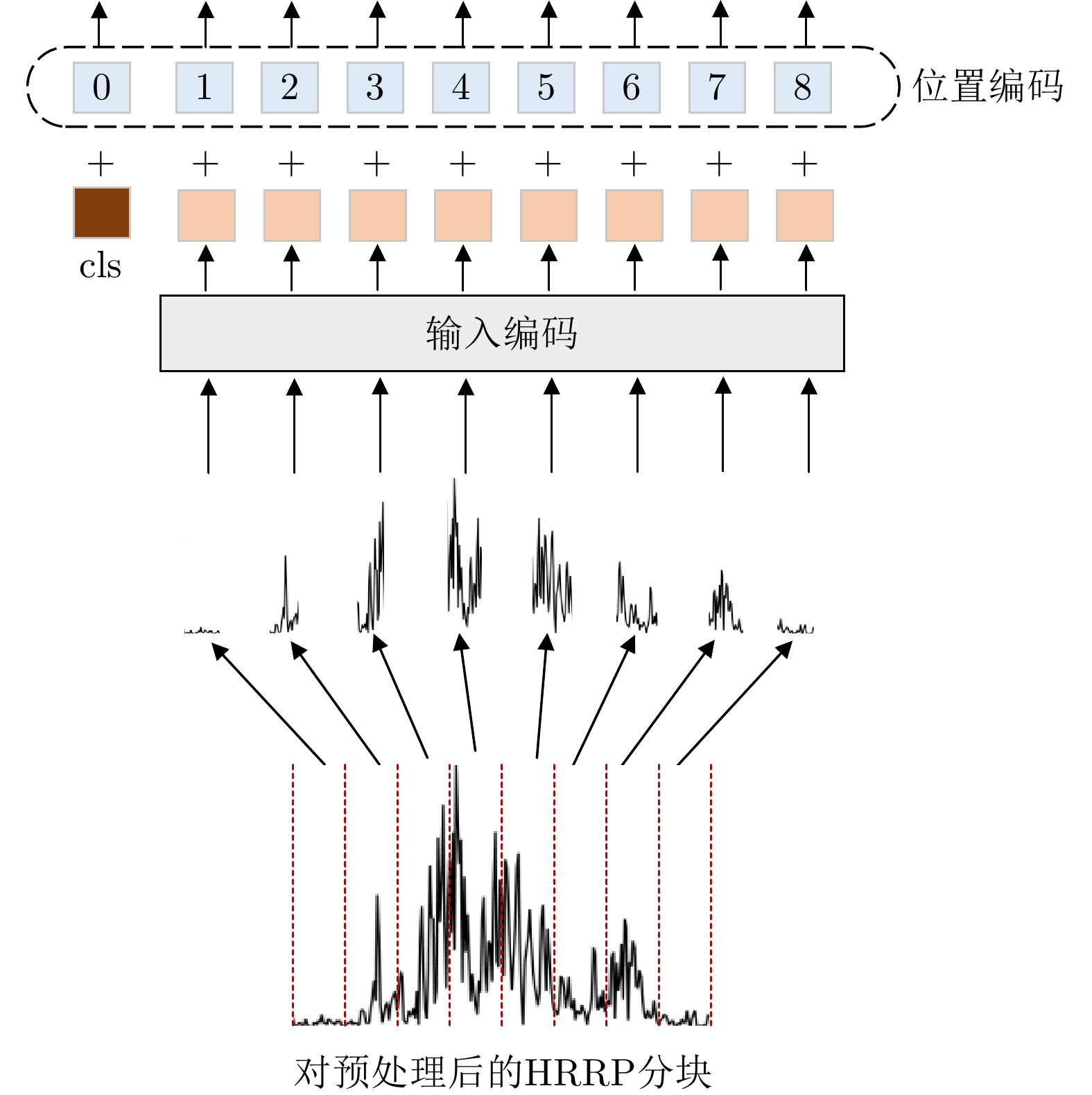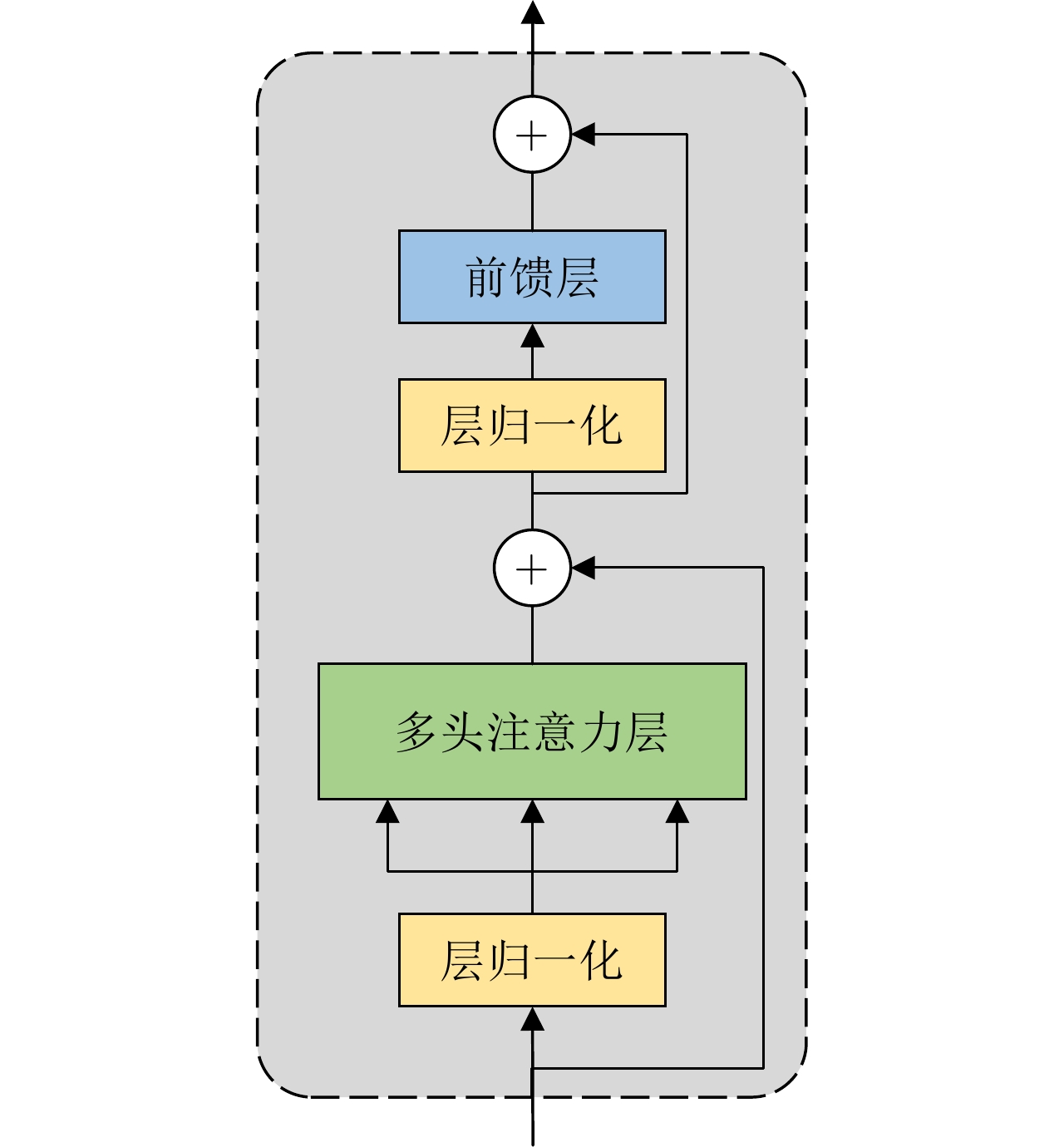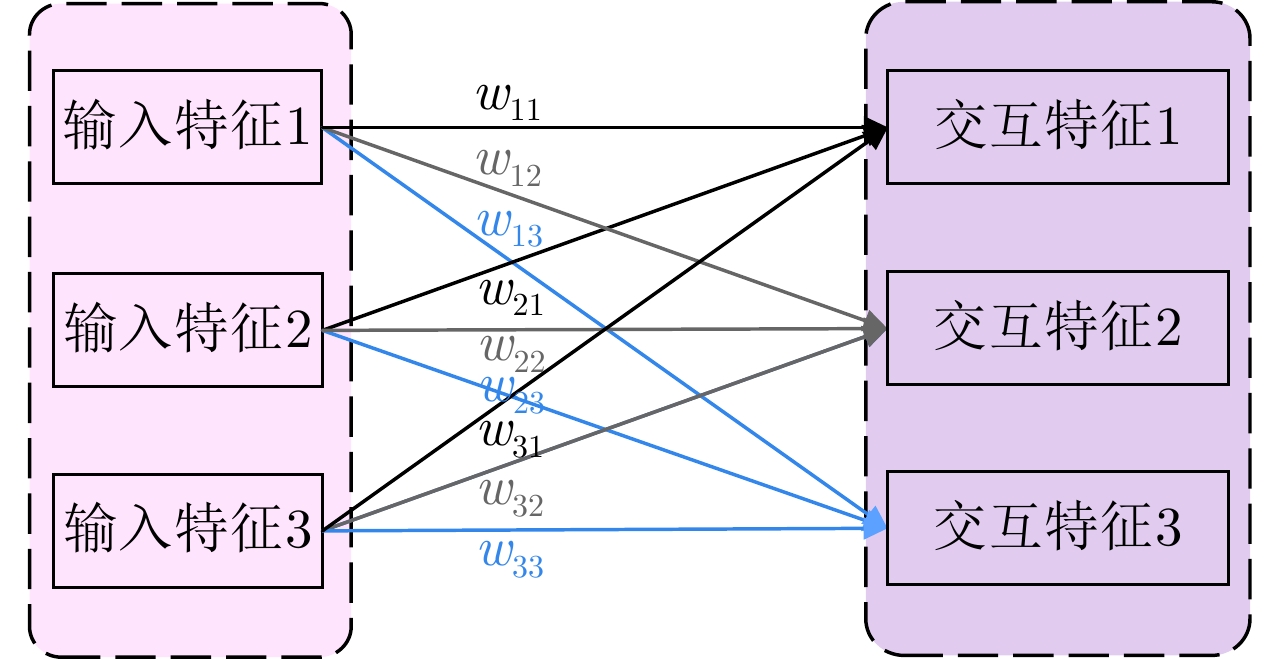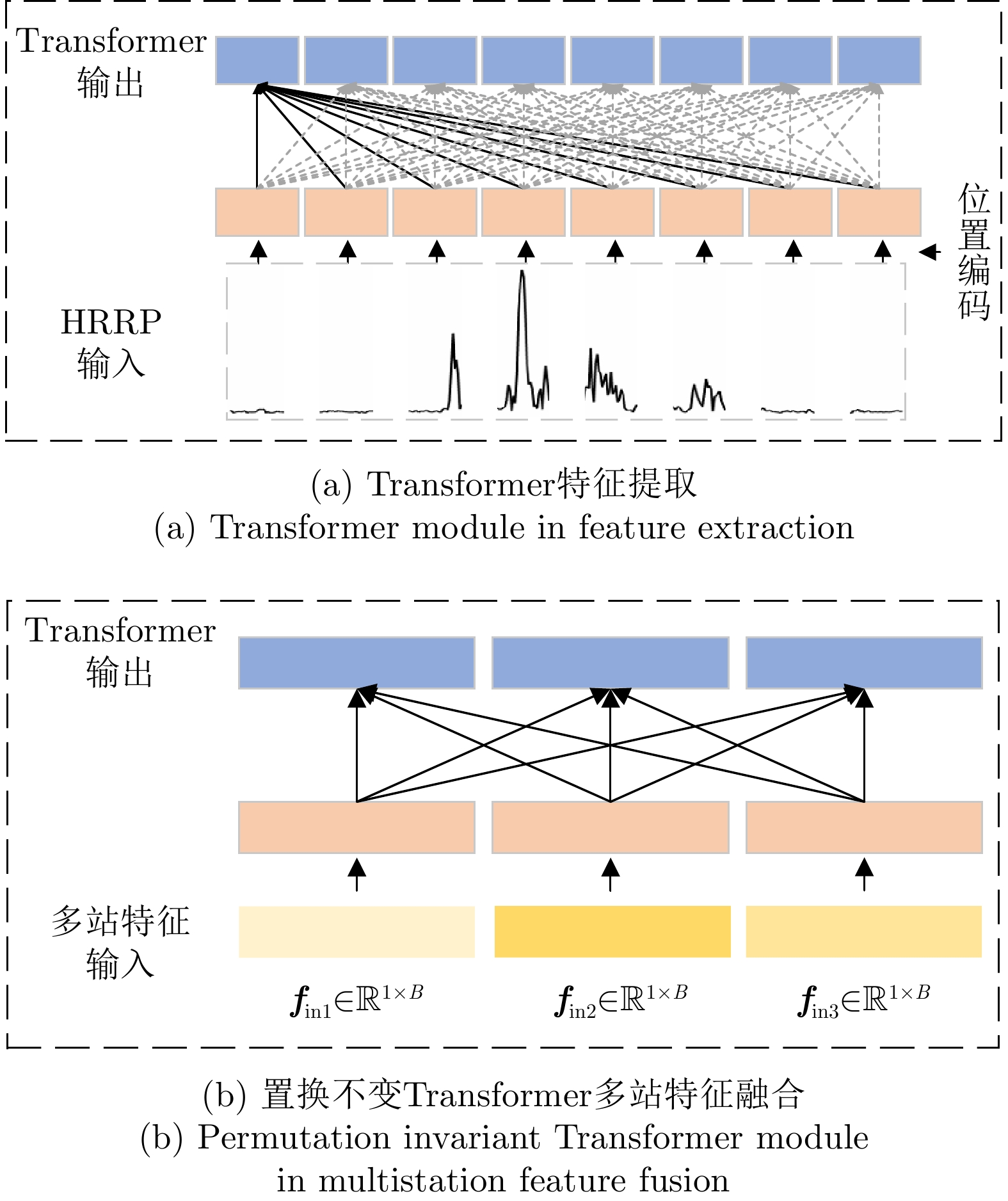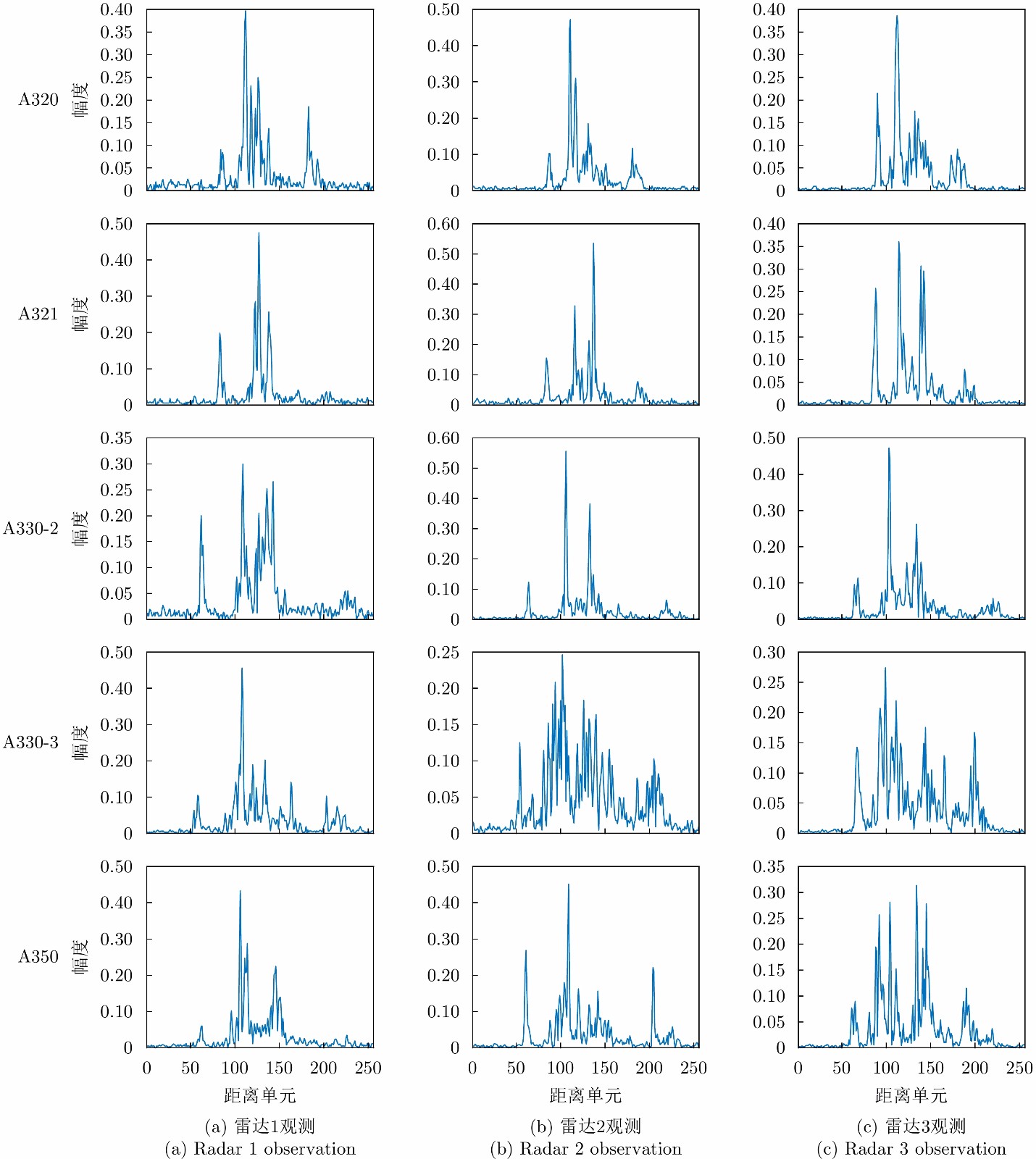| [1] |
DING Beicheng and CHEN Penghui. HRRP feature extraction and recognition method of radar ground target using convolutional neural network[C]. 2019 International Conference on Electromagnetics in Advanced Applications (ICEAA), Granada, Spain, 2019: 658–661.
|
| [2] |
WAN Jinwei, CHEN Bo, YUAN Yijun, et al. Radar HRRP recognition using attentional CNN with multi-resolution spectrograms[C]. 2019 International Radar Conference (RADAR), Toulon, France, 2019: 1–4.
|
| [3] |
WANG Penghui, DU Lan, PAN Mian, et al. Radar HRRP target recognition based on linear dynamic model[C]. 2011 IEEE CIE International Conference on Radar, Chengdu, China, 2011: 662–665.
|
| [4] |
YANG Xiuzhu, ZHANG Xinyue, DING Yi, et al. Indoor activity and vital sign monitoring for moving people with multiple radar data fusion[J]. Remote Sensing, 2021, 13(18): 3791. doi: 10.3390/rs13183791 |
| [5] |
YANG Jiachen, ZHANG Zhou, MAO Wei, et al. IoT-based critical infrastructure enabled radar information fusion[J]. Computers & Electrical Engineering, 2022, 98: 107723. doi: 10.1016/j.compeleceng.2022.107723 |
| [6] |
WU Hao, DAI Dahai, JI Penghui, et al. High-resolution range profile recognition method of vehicle targets based on accelerated T-SNE with multi-polarization fusion[C]. 2021 IEEE 6th International Conference on Signal and Image Processing (ICSIP), Nanjing, China, 2021: 72–76.
|
| [7] |
LIU Chang, ANTYPENKO R, SUSHKO I, et al. Marine distributed radar signal identification and classification based on deep learning[J]. Traitement du Signal, 2021, 38(5): 1541–1548. doi: 10.18280/ts.380531 |
| [8] |
HUANG Yuchen, LI Wei, DOU Zhiyang, et al. Activity recognition based on millimeter-wave radar by fusing point cloud and range-Doppler information[J]. Signals, 2022, 3(2): 266–283. doi: 10.3390/signals3020017 |
| [9] |
AGUILETA A A, BRENA R F, MAYORA O, et al. Multi-sensor fusion for activity recognition—A survey[J]. Sensors, 2019, 19(17): 3808. doi: 10.3390/s19173808 |
| [10] |
周宁宁, 朱士涛, 年毅恒, 等. 一种基于多模态OAM波束的目标特征智能识别方法[J]. 雷达学报, 2021, 10(5): 760–772. doi: 10.12000/JR21056ZHOU Ningning, ZHU Shitao, NIAN Yiheng, et al. An intelligent target feature recognition method based on multi-mode OAM beams[J]. Journal of Radars, 2021, 10(5): 760–772. doi: 10.12000/JR21056 |
| [11] |
DENG Donghu, ZHANG Qun, LUO Ying, et al. Resolution and micro-Doppler effect in Bi-ISAR system (in English)[J]. Journal of Radars, 2013, 2(2): 152–167. doi: 10.3724/SP.J.1300.2013.13039 |
| [12] |
冯存前, 李靖卿, 贺思三, 等. 组网雷达中弹道目标微动特征提取与识别综述[J]. 雷达学报, 2015, 4(6): 609–620. doi: 10.12000/JR15084FENG Cunqian, LI Jingqing, HE Sisan, et al. Micro-Doppler feature extraction and recognition based on netted radar for ballistic targets[J]. Journal of Radars, 2015, 4(6): 609–620. doi: 10.12000/JR15084 |
| [13] |
章鹏飞, 李刚, 霍超颖, 等. 基于双雷达微动特征融合的无人机分类识别[J]. 雷达学报, 2018, 7(5): 557–564. doi: 10.12000/JR18061ZHANG Pengfei, LI Gang, HUO Chaoying, et al. Classification of drones based on micro-Doppler radar signatures using dual radar sensors[J]. Journal of Radars, 2018, 7(5): 557–564. doi: 10.12000/JR18061 |
| [14] |
RYKUNOV M, DE GREEF E, KHALID H U R, et al. Multi-radar fusion for failure-tolerant vulnerable road users classification[C]. 2021 18th European Radar Conference (EuRAD), London, United Kingdom, 2022: 337–340.
|
| [15] |
SHU Haining and LIANG Qilian. Data fusion in a multi-target radar sensor network[C]. 2007 IEEE Radio and Wireless Symposium, Long Beach, USA, 2007: 129–132.
|
| [16] |
DU Lan, WANG Penghui, LIU Hongwei, et al. Bayesian spatiotemporal multitask learning for radar HRRP target recognition[J]. IEEE Transactions on Signal Processing, 2011, 59(7): 3182–3196. doi: 10.1109/TSP.2011.2141664 |
| [17] |
DEVLIN J, CHANG M W, LEE K, et al. BERT: Pre-training of deep bidirectional transformers for language understanding[C]. 2019 Conference of the North American Chapter of the Association for Computational Linguistics: Human Language Technologies, Volume 1 (Long and Short Papers), Minneapolis, USA, 2019: 4171–4186.
|
| [18] |
DOSOVITSKIY A, BEYER L, KOLESNIKOV A, et al. An image is worth 16×16 words: Transformers for image recognition at scale[C]. 9th International Conference on Learning Representations, Austria, 2021.
|
| [19] |
WANG Qiang, LI Bei, XIAO Tong, et al. Learning deep transformer models for machine translation[C]. 57th Annual Meeting of the Association for Computational Linguistics, Florence, Italy, 2019: 1810–1822.
|
| [20] |
CAO Kaidi, RONG Yu, LI Cheng, et al. Pose-robust face recognition via deep residual equivariant mapping[C]. IEEE/CVF Conference on Computer Vision and Pattern Recognition, Salt Lake City, USA, 2018: 5187–5196.
|
| [21] |
SUN Yuanshuang, WANG Yinghua, LIU Hongwei, et al. SAR target recognition with limited training data based on angular rotation generative network[J]. IEEE Geoscience and Remote Sensing Letters, 2020, 17(11): 1928–1932. doi: 10.1109/LGRS.2019.2958379 |
| [22] |
LOSHCHILOV I and HUTTER F. Decoupled weight decay regularization[C]. 7th International Conference on Learning Representations, New Orleans, USA, 2019.
|
| [23] |
YUAN Lele. A time-frequency feature fusion algorithm based on neural network for HRRP[J]. Progress in Electromagnetics Research M, 2017, 55: 63–71. doi: 10.2528/PIERM16123002 |
| [24] |
QUAN Daying, TANG Zeyu, WANG Xiaofeng, et al. LPI radar signal recognition based on dual-Channel CNN and feature fusion[J]. Symmetry, 2022, 14(3): 570. doi: 10.3390/sym14030570 |
| [25] |
ZHU Lijun. Selection of multi-level deep features via spearman rank correlation for synthetic aperture radar target recognition using decision fusion[J]. IEEE Access, 2020, 8: 133914–133927. doi: 10.1109/ACCESS.2020.3010969 |
| [26] |
CHEN Wenchao, CHEN Bo, PENG Xiaojun, et al. Tensor RNN with Bayesian nonparametric mixture for radar HRRP modeling and target recognition[J]. IEEE Transactions on Signal Processing, 2021, 69: 1995–2009. doi: 10.1109/TSP.2021.3065847 |
| [27] |
GUO Dandan, CHEN Bo, CHEN Wenchao, et al. Variational temporal deep generative model for radar HRRP target recognition[J]. IEEE Transactions on Signal Processing, 2020, 68: 5795–5809. doi: 10.1109/TSP.2020.3027470 |




 Submit Manuscript
Submit Manuscript Peer Review
Peer Review Editor Work
Editor Work

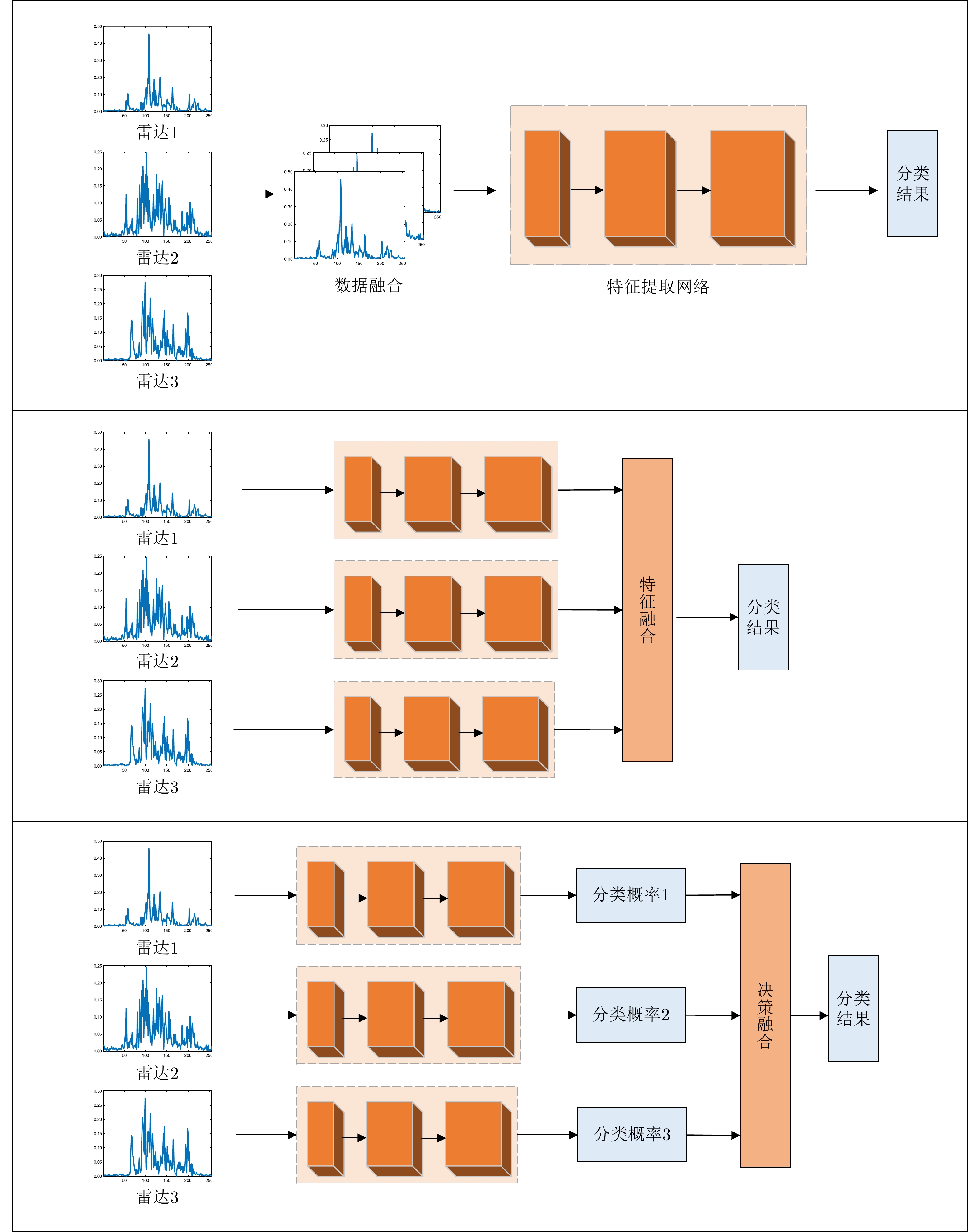



 DownLoad:
DownLoad:

